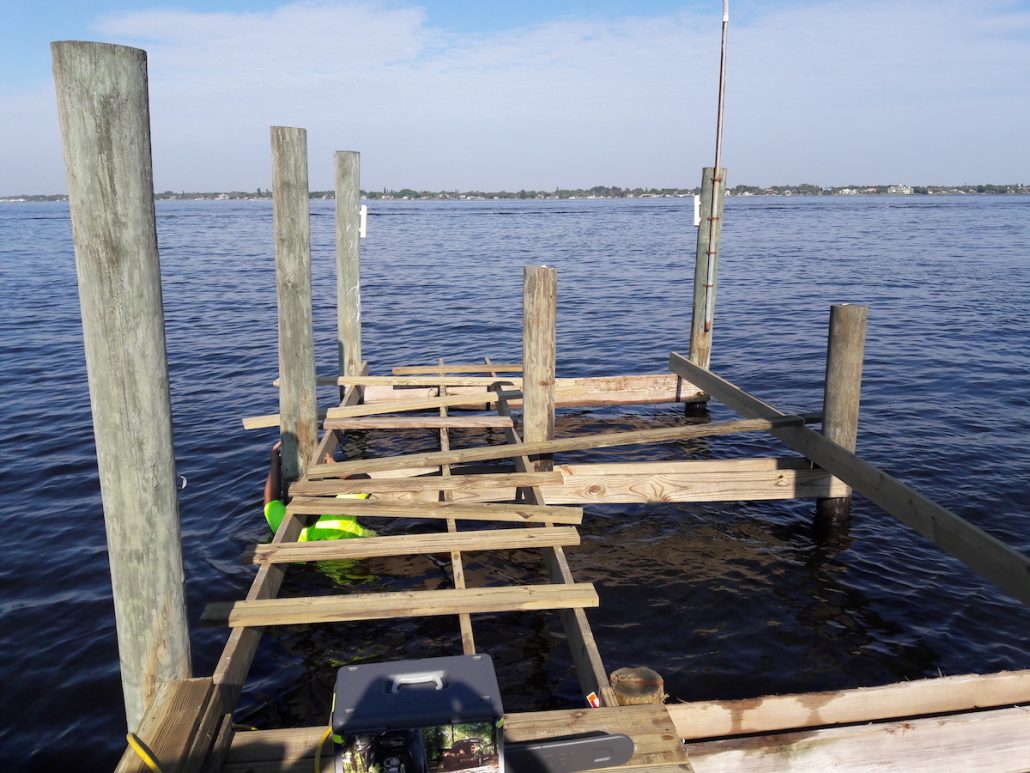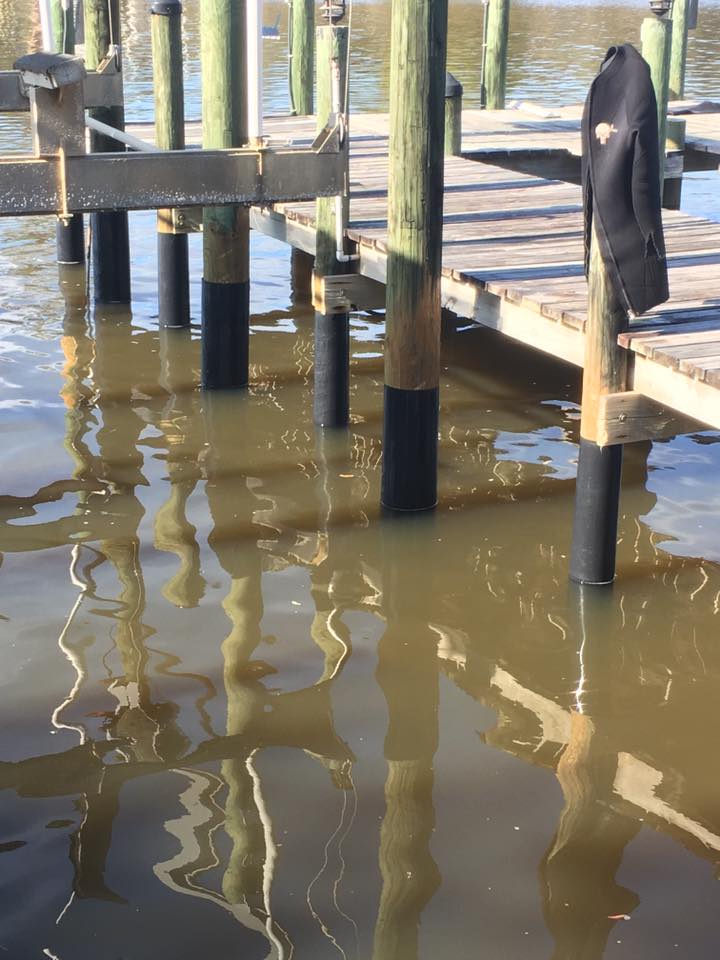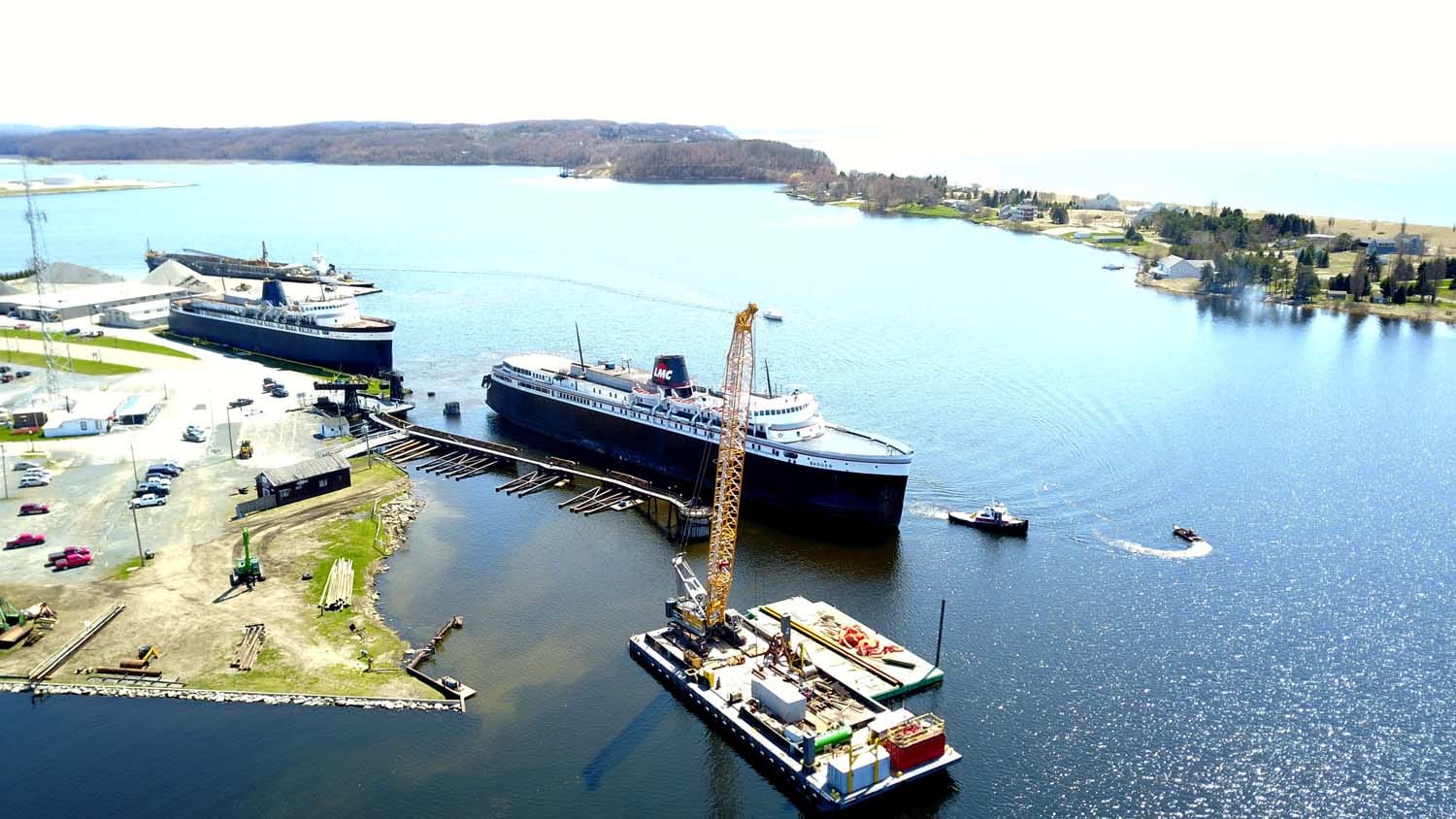Professional Insights on Durable Dock Repairs Solutions
Professional Insights on Durable Dock Repairs Solutions
Blog Article
Effective Dock Repair Service Techniques: Making Sure Architectural Integrity
Making certain the structural honesty of anchors through effective repair work methods is critical for the durability and safety and security of aquatic centers. Subsequently, picking the appropriate fixing materials, such as corrosion-resistant alloys and composite materials, is critical for sturdiness.
Evaluating Dock Damage
Analyzing dock damage is an essential initial action in making sure the structural integrity and security of any kind of docking center. This initial analysis entails a thorough examination to recognize both concealed and noticeable problems. Trick elements to analyze include the dock's structure, pilings, decking, and hardware. Each part should be inspected for indications of wear, rot, rust, or various other types of destruction that could compromise the architectural integrity.
Architectural engineers or certified assessors normally do these evaluations using specialized methods and tools. For example, underwater examinations may employ finder equipment or remotely operated automobiles (ROVs) to spot submerged damages. Over water, aesthetic inspections are enhanced by utilizing dampness meters and other diagnostic devices to uncover underlying problems not right away noticeable to the nude eye.

Choosing Fixing Products
Picking the suitable repair work products is a critical action in the dock restoration process, one that straight influences the durability and efficiency of the repaired structure. Product selection have to be driven by elements such as ecological problems, load-bearing needs, and compatibility with existing dock parts.
Along with timber, composite products are significantly prominent due to their resilience and reduced maintenance needs. Composites, generally made from a blend of plastic and timber fibers, use exceptional resistance to rot, bugs, and UV damages. For metal anchors, picking corrosion-resistant alloys such as galvanized steel or marine-grade light weight aluminum is important to stop rust and make certain architectural honesty in saline water conditions.
Epoxy resins and marine-grade sealants are crucial for fixing cracks and sealing joints, providing a waterproof barrier and boosting the dock's total stamina. By diligently selecting top notch products, dock repair services can attain resilient results, consequently protecting against future destruction and ensuring risk-free, reliable usage.
Architectural Reinforcement Techniques
Reliable structural reinforcement strategies are vital in making sure the stability and long life of dock fixings. This method is especially efficient for docks exposed to hefty loads or severe ecological problems.
Another important method is the application of fiber-reinforced polymers (FRP) These products supply high strength-to-weight ratios and exceptional resistance to corrosion, making them optimal for strengthening concrete or wooden docks. FRP can be used in strips or sheets and bonded with epoxy materials to boost structural integrity.
Supporting and anchoring systems likewise play an essential role in structural support. Cross-bracing, making use of steel or wooden beam of click to find out more lights, can combat lateral pressures, lowering guiding and activity. Securing systems, such as helical piers or driven piles, offer a steady foundation by transferring loads to much deeper, more stable soil layers.
Lastly, the integration of load-distribution plates can assist distribute weight extra equally throughout the dock's surface area, reducing localized tension points. These strategies jointly make sure that docks remain durable and risk-free, capable of standing up to the rigors of their operational atmosphere.
Advanced Repair Service Techniques

An additional sophisticated technique involves underwater welding, which enables repairs to be performed without the demand to dewater the area. This approach is especially helpful for resolving structural problems in immersed dock components, making sure marginal disruption to operations. Boosted welding techniques, combined with robotic systems, supply accuracy and integrity, therefore prolonging the lifespan of the dock.
Additionally, cathodic defense systems are executed to stop deterioration in metallic dock structures. By utilizing sacrificial anodes or satisfied existing systems, these techniques efficiently minimize the electrochemical processes that bring about material wear and tear.
Last but not least, advanced tracking technologies, such as structural health monitoring (SHM) systems, provide real-time data on the condition of dock structures. These systems enable positive maintenance and prompt interventions, inevitably guaranteeing the long-lasting architectural honesty of the dock.
Upkeep and Prevention
Upkeep and prevention are basic concepts that underpin the long life and safety and security of dock structures. Routine inspections are extremely important, allowing for early detection of damage, prospective weaknesses, and environmental impacts. A positive strategy, entailing regular look for deterioration, rot, and architectural shifts, alleviates expensive repairs and lengthens the dock's operational life.
Safety nets ought to include applying safety coverings to metal components to safeguard against rust and utilizing cured wood to withstand decay. In addition, ensuring proper drain and air flow can prevent water buildup, which is a common root cause of architectural deterioration. Including top quality view it now materials and adhering to maker guidelines throughout construction and fixing stages also play crucial duties in improving longevity.

Training personnel in dock upkeep best practices guarantees consistent application of safety nets. Leveraging technological advances, such as drones for inspections and sensors for real-time tracking, can additionally improve maintenance read more initiatives. By prioritizing upkeep and prevention, dock owners can guarantee architectural stability, operational security, and affordable administration over the dock's life-span.
Final Thought
To conclude, preserving the structural stability of marine centers necessitates thorough dock repair techniques. Thorough assessments using innovative devices discover both noticeable and hid damages, while the selection of appropriate repair service materials enhances resilience. Implementing structural support approaches addresses tension points successfully. Advanced repair work methods, coupled with regular maintenance practices, make sure the dock continues to be risk-free and operational under varied ecological conditions. Adopting these strategies dramatically lengthens the life expectancy and functionality of aquatic framework.
Guaranteeing the structural integrity of docks through effective repair methods is vital for the longevity and safety and security of aquatic facilities.Picking the proper repair work products is an essential step in the dock restoration process, one that directly influences the long life and efficiency of the fixed framework.Reliable structural support techniques are essential in ensuring the stability and durability of dock fixings. By prioritizing upkeep and prevention, dock proprietors can make certain architectural integrity, functional safety and security, and cost-effective monitoring over the dock's lifespan.
In final thought, keeping the structural integrity of marine facilities necessitates thorough dock repair service methods.
Report this page